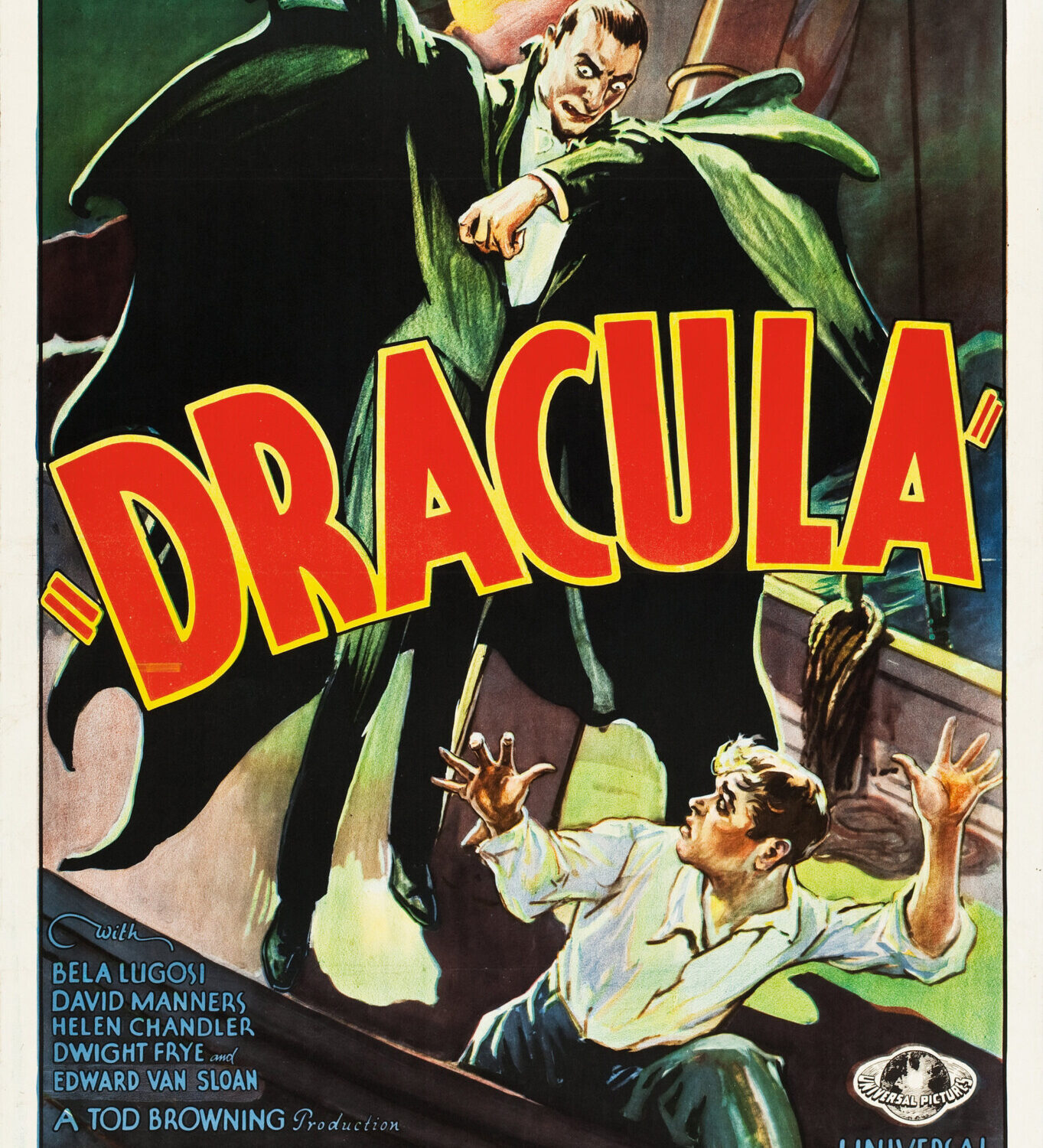Summary
When mentioning horror films, the 1931 movie “Dracula” is a classic that must be watched. Being a 1930s movie, it can be analyzed using gender theory. The vampire movie features Bela Lugosi as Dracula, the vampire, and Helen Chandler as Mina Harker. Throughout the whole movie, “Dracula” shows the traditional gender roles of males and females in the 1930s. Since Dracula was a vampire and a male, it portrayed men as stronger and the ones in power. Men had the choice of harming women, while women were the target. Mina Harker was the target of Dracula’s predation. Mina is portrayed as vulnerable and needing protection from three men: her father, fiancée, and a professor.
At the beginning of the movie, three brides appear in Dracula’s house. Dracula shows his male dominance by telling them to go away with one flick of his hand because he wants the predator’s blood for himself. Three brides also show the male societal status in the 1930s. Although polygamy was already illegal in the 1930s, the three brides show the male dominance Dracula has.
The first female target Dracula has in the movie is Lucy, who is quickly attracted by Dracula’s seductive and clever speech. The way she quickly falls for Dracula can also represent females as easily seduced and easy targets. After killing Lucy, Mina becomes the second target. She is not an easy target, but she is hypnotized by Dracula into seducing her fiancée and almost harming him. Her actions were quickly stopped by Professor Van Helsing, showing that men still had power over women and could maintain order. Even if women tried to flip the gender norms, men would still be on top.
Lastly, the battle between the “good” and “evil” is mainly between men. Dracula is the main enemy that Professor Helsing and Dr. Seward are trying to battle. Male characters were in the roles of masculinity and female characters were always in need of protection. Overall, Dracula’s gender roles in the movie are evident. Mainly portraying women as vulnerable and men as powerful.

I find it amazing how old movies like this one go deeper than just the movie itself. It really is a work of art
I completely agree with how you analyzed the Dracula film, especially with the male dominance shown throughout the film.
I like your in-depth analysis on Dracula and how you summarized his parts individually.